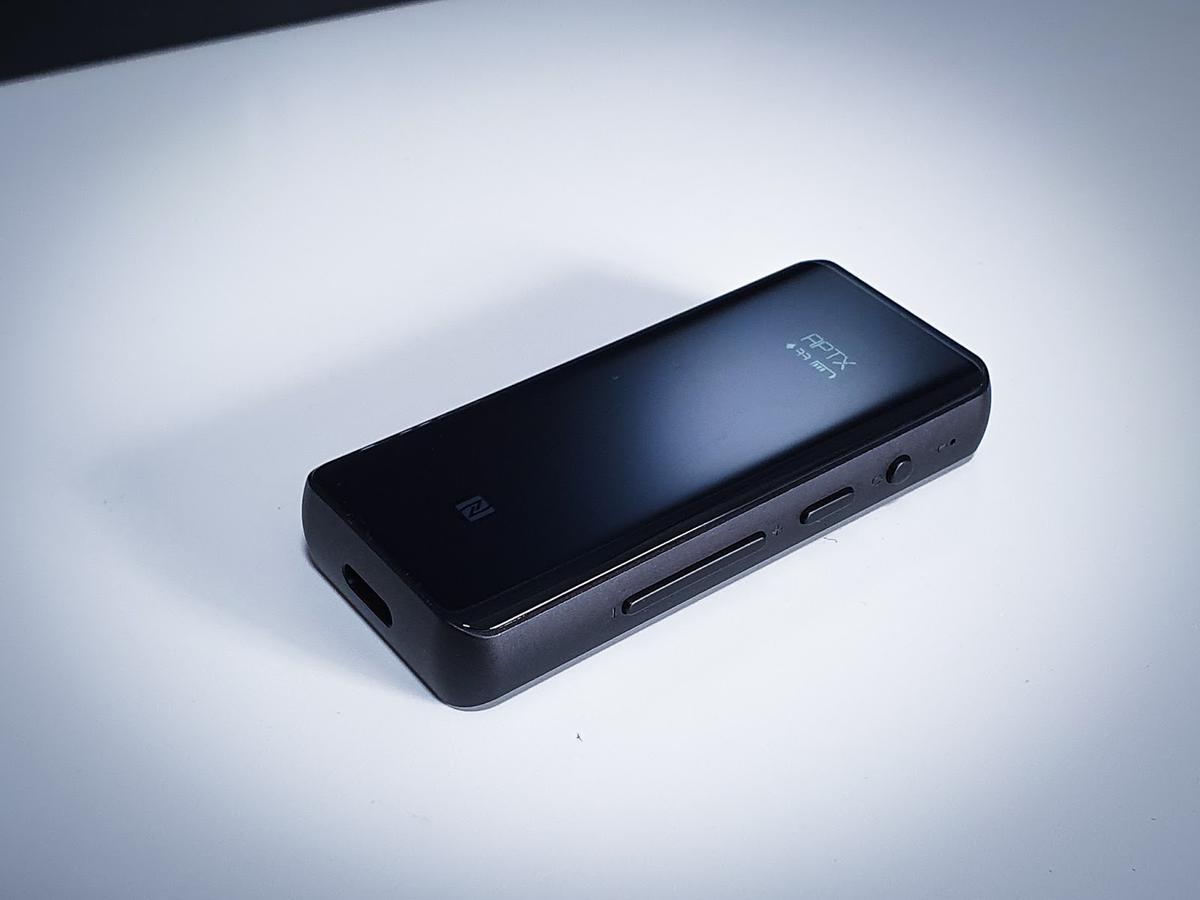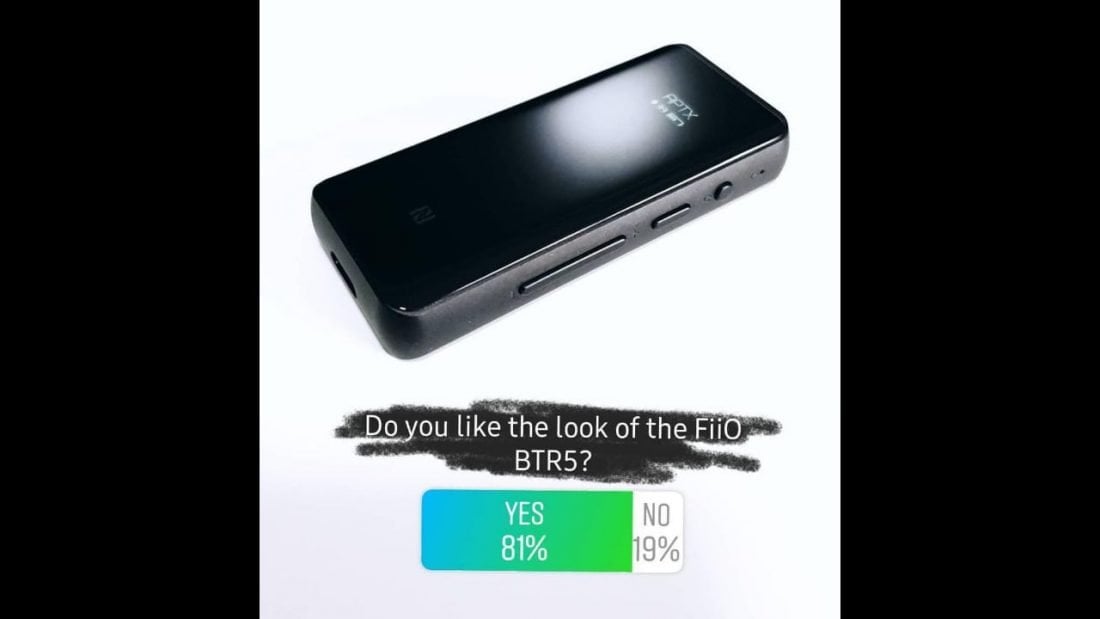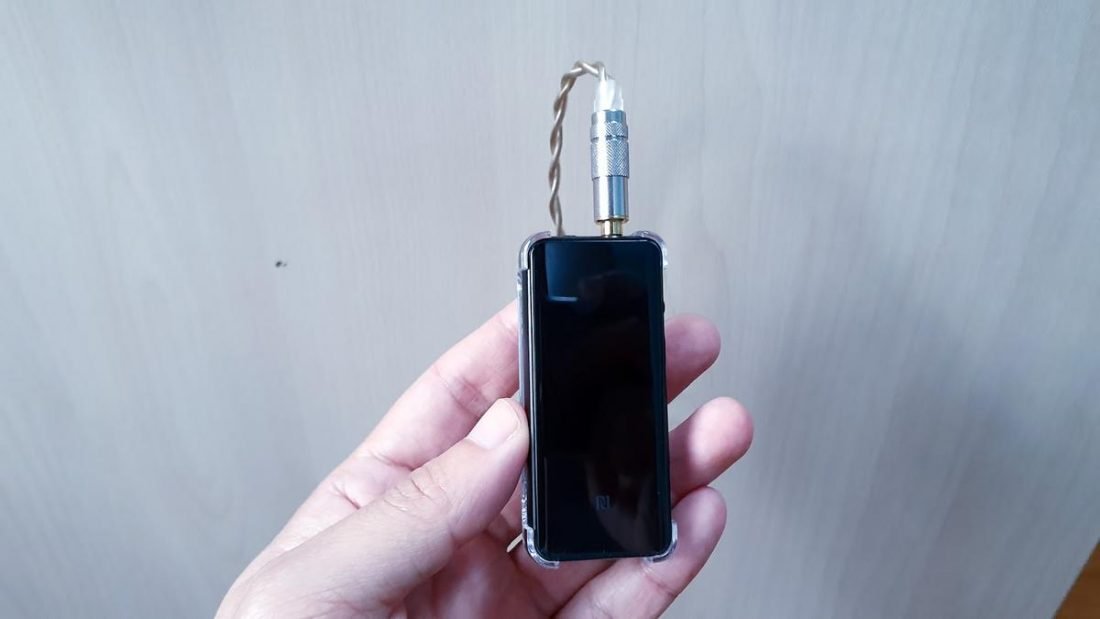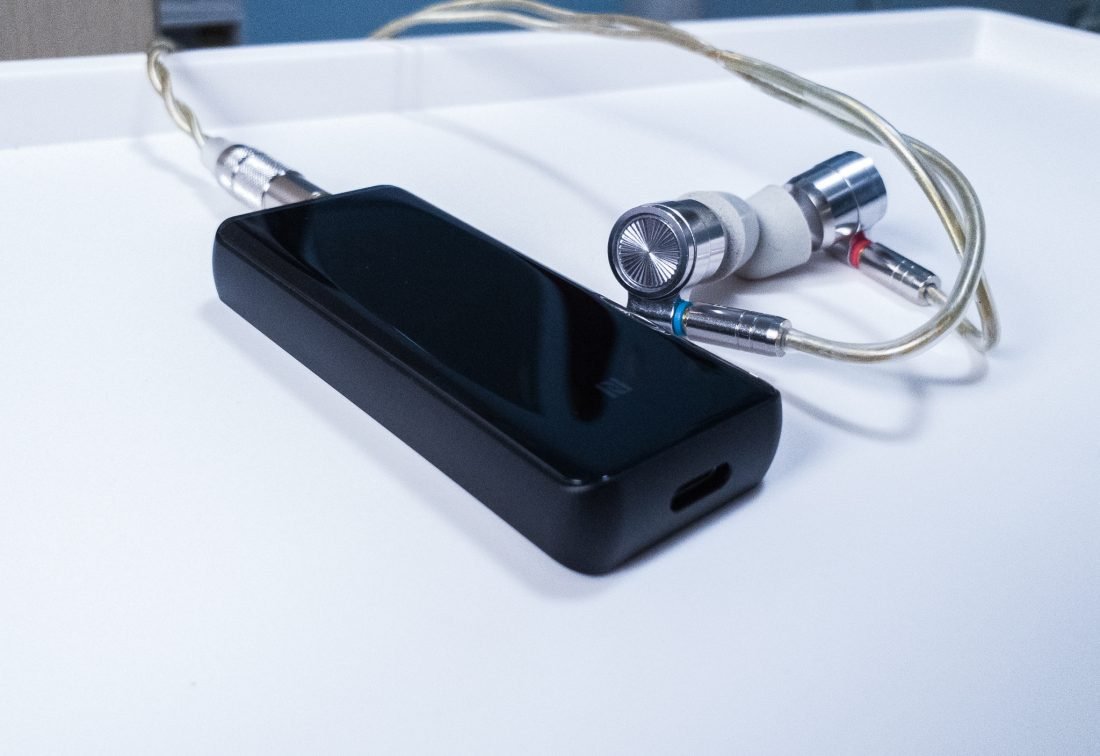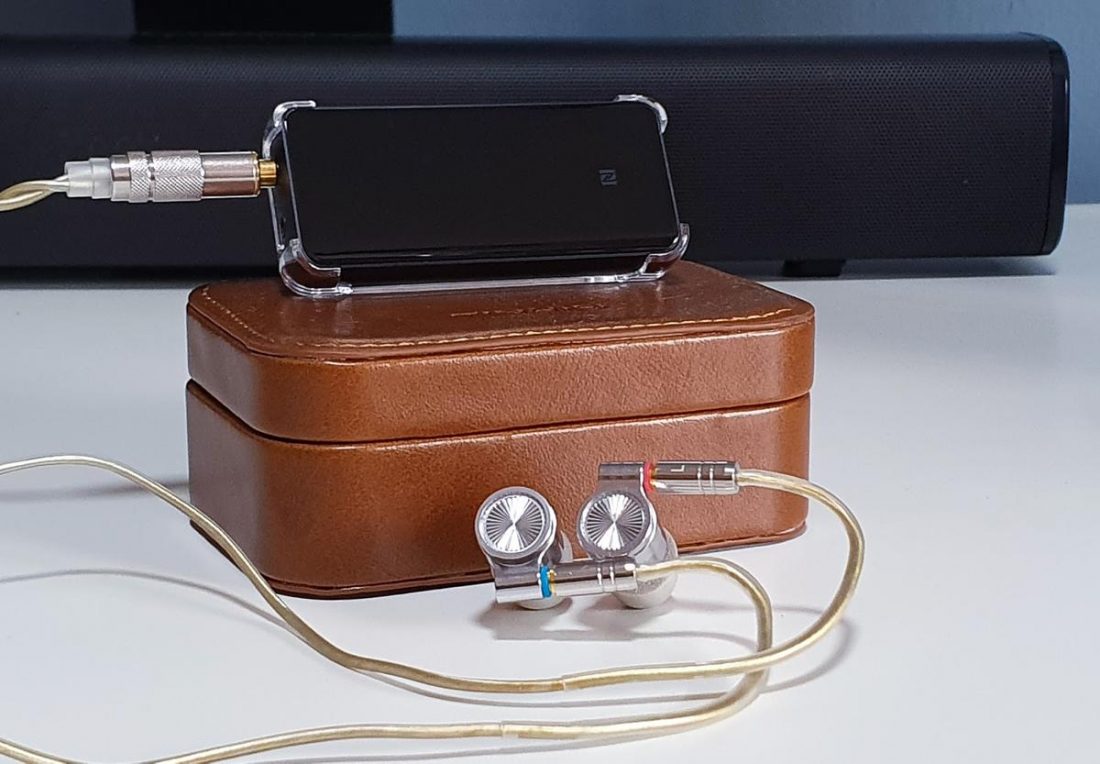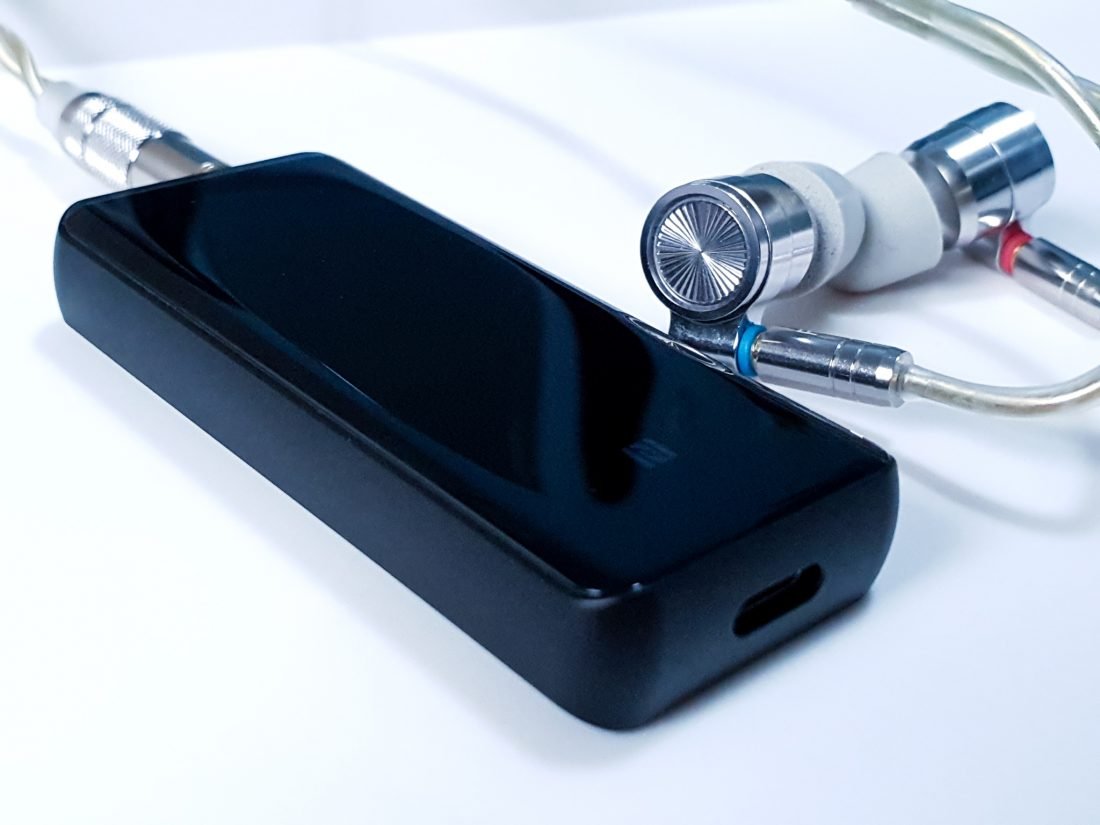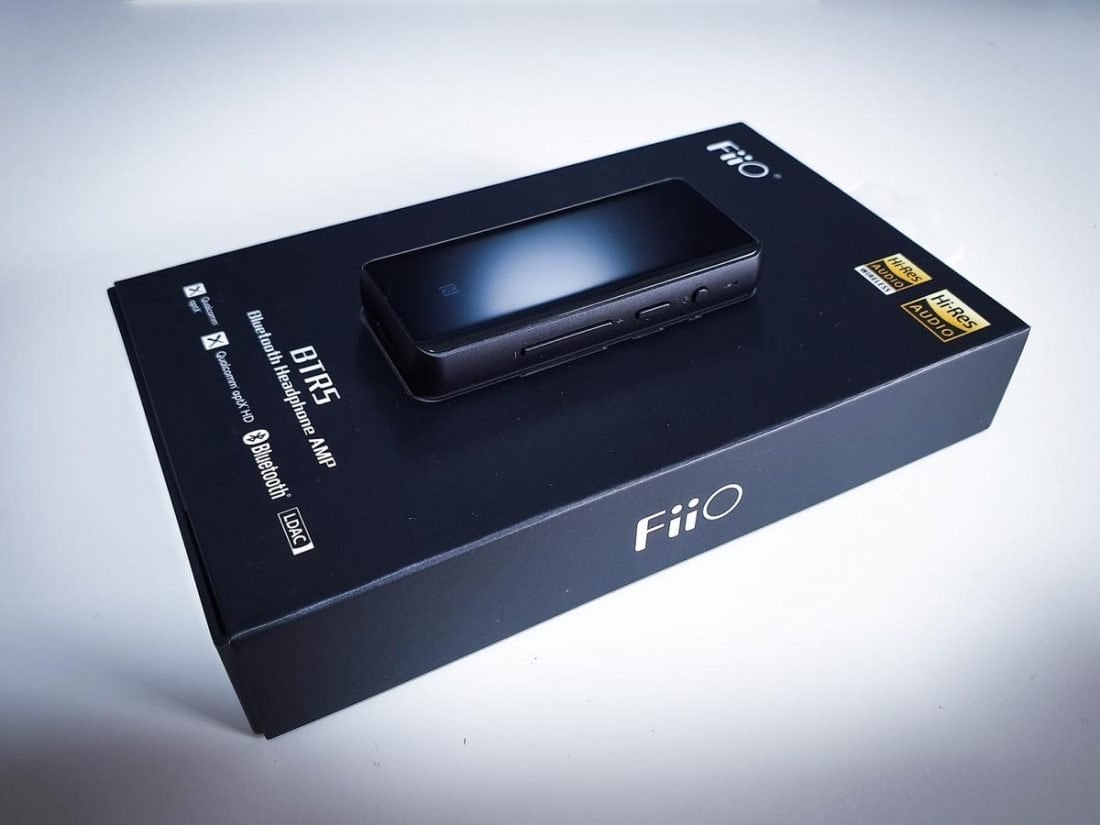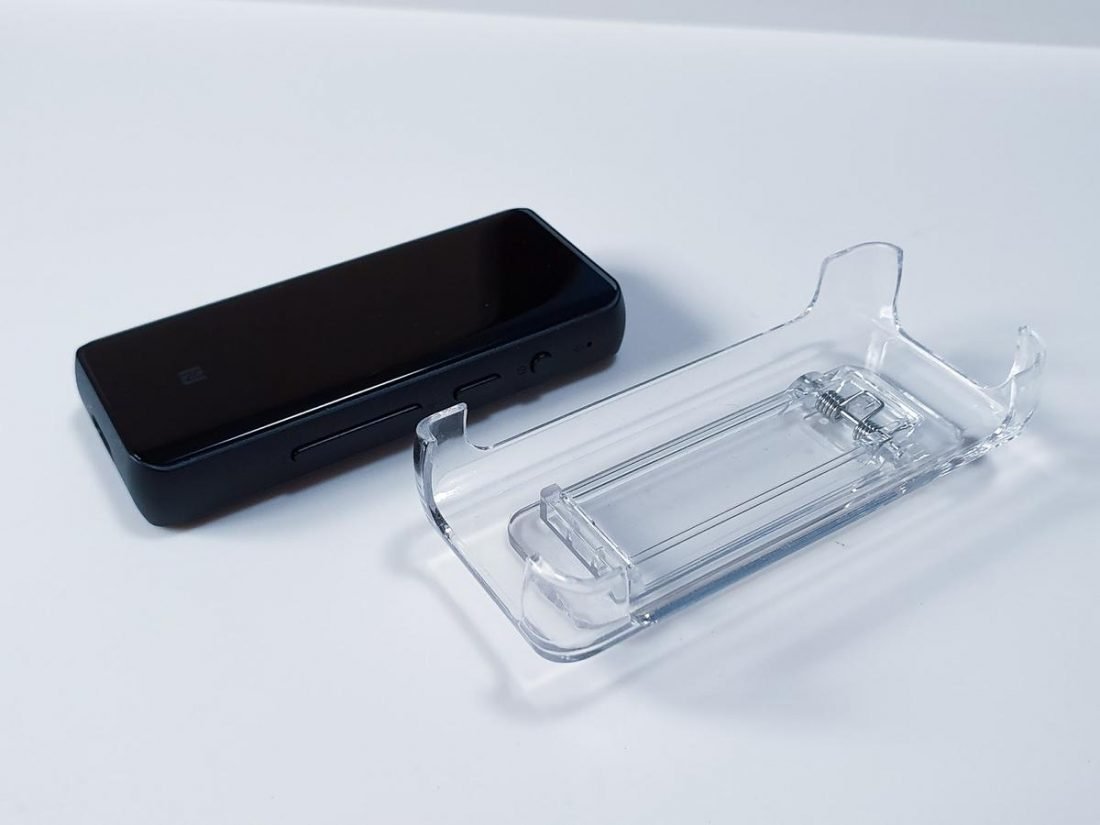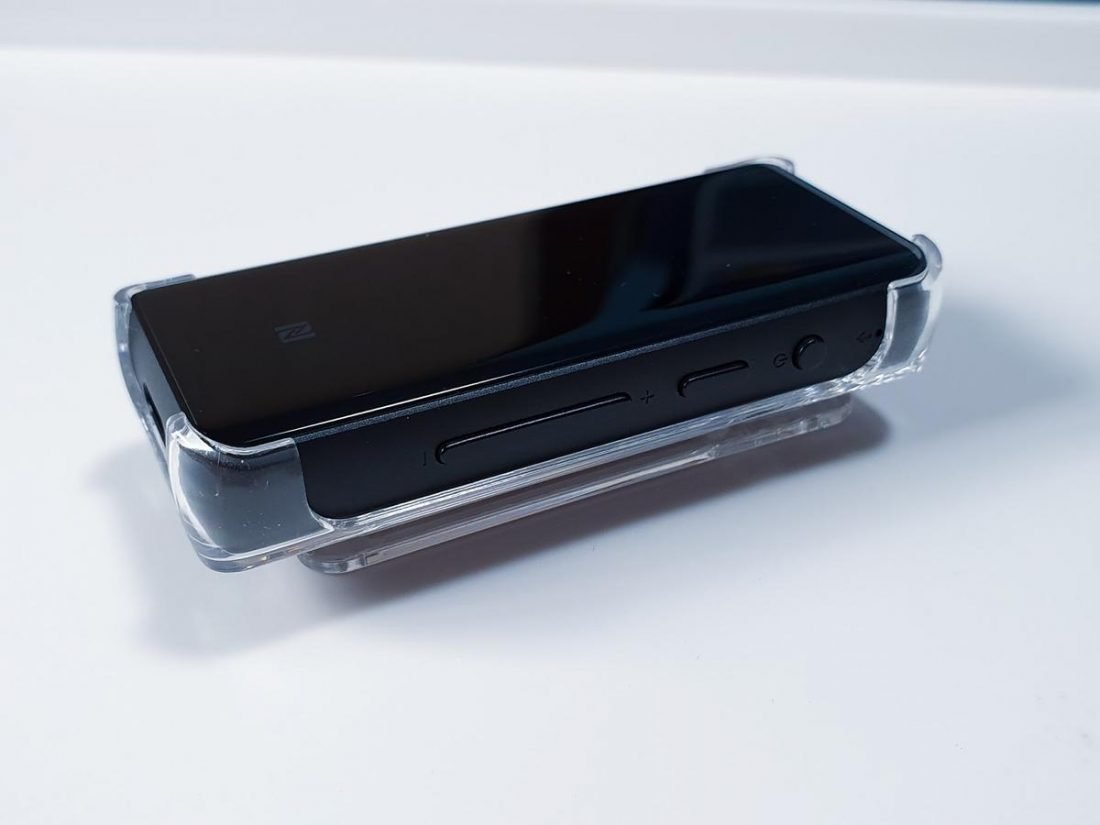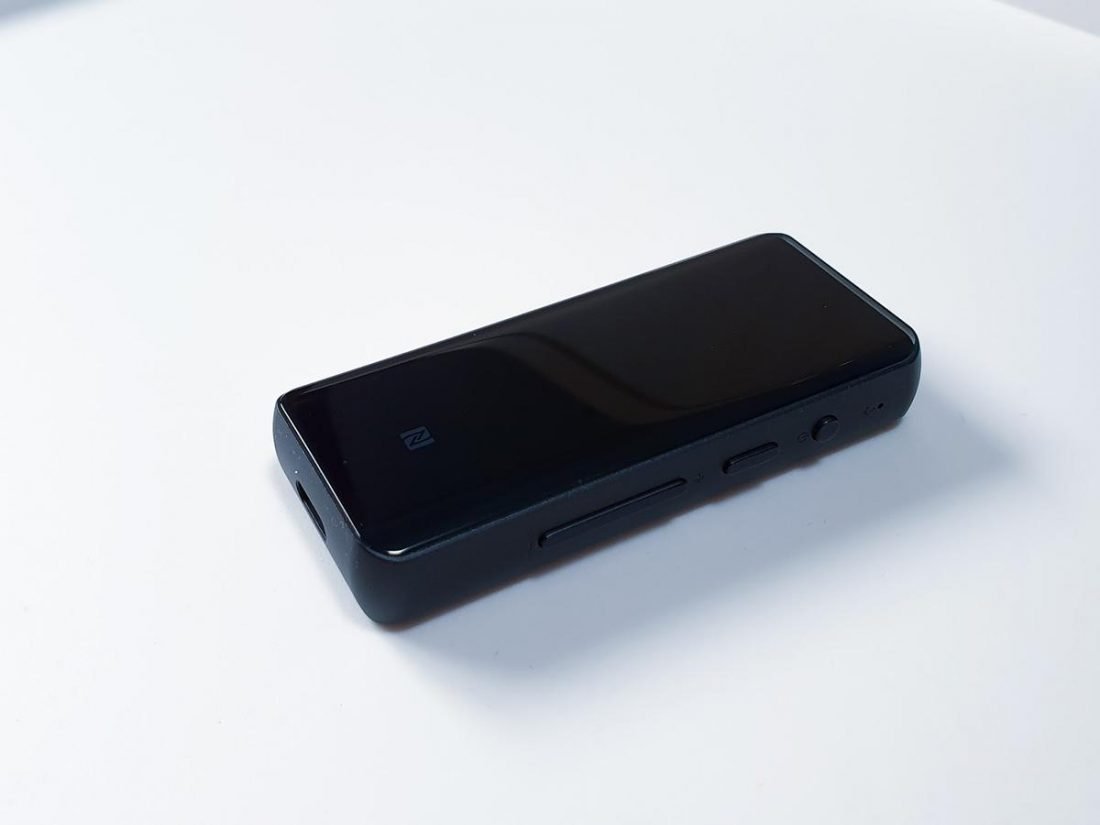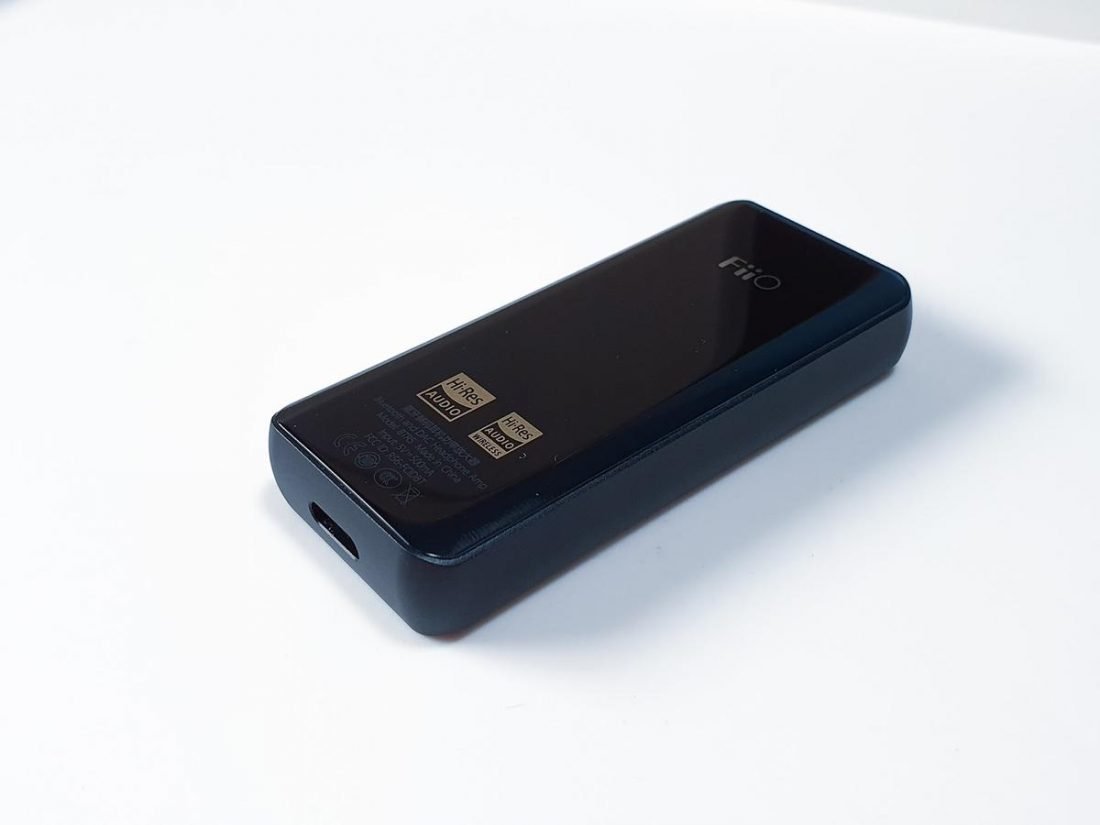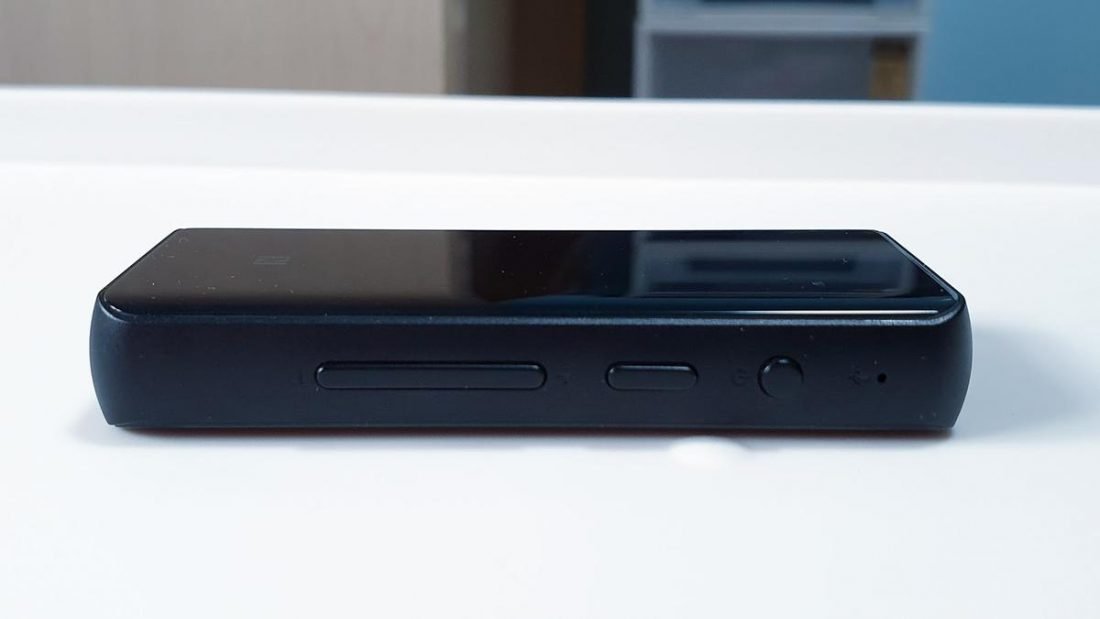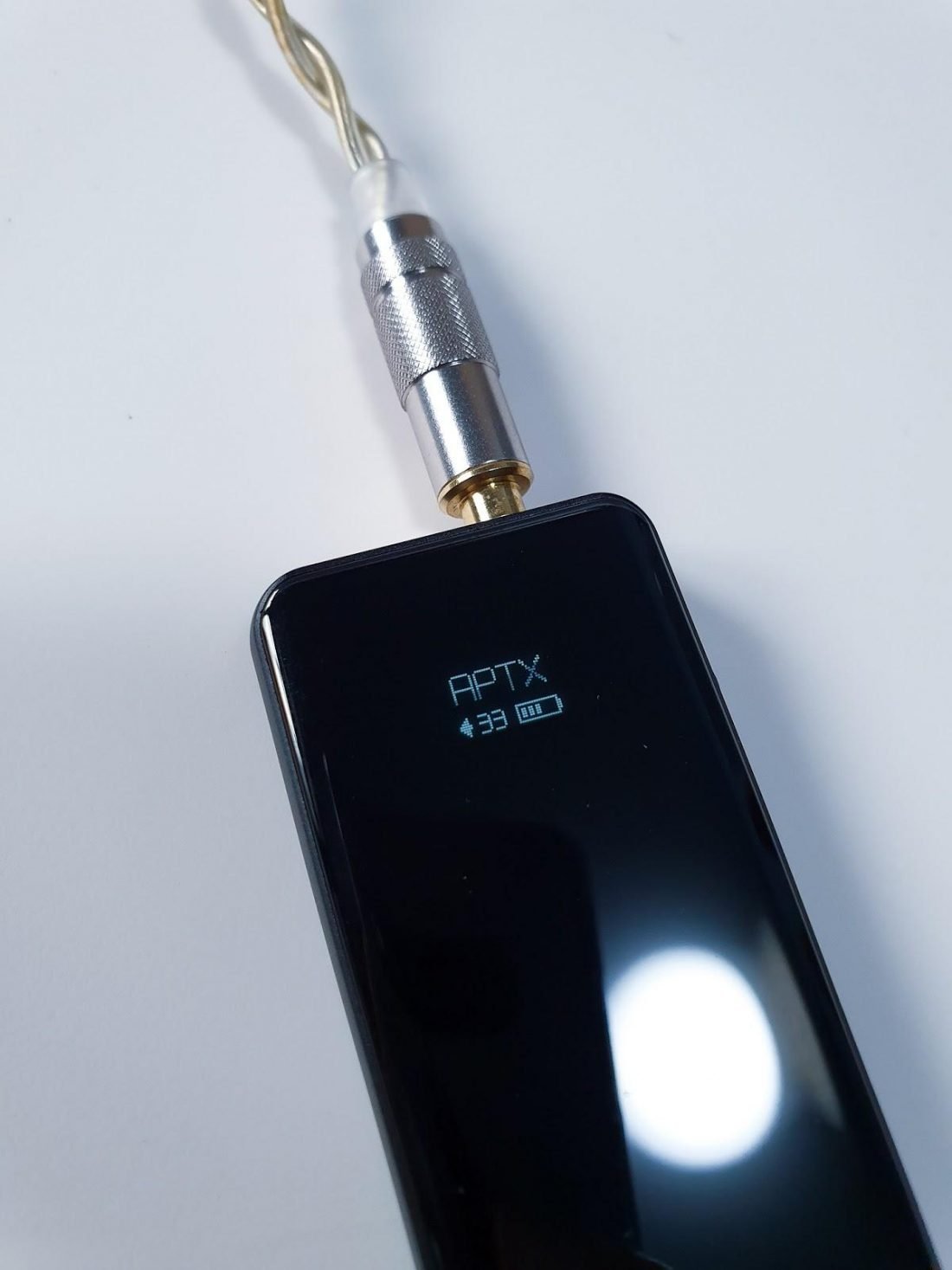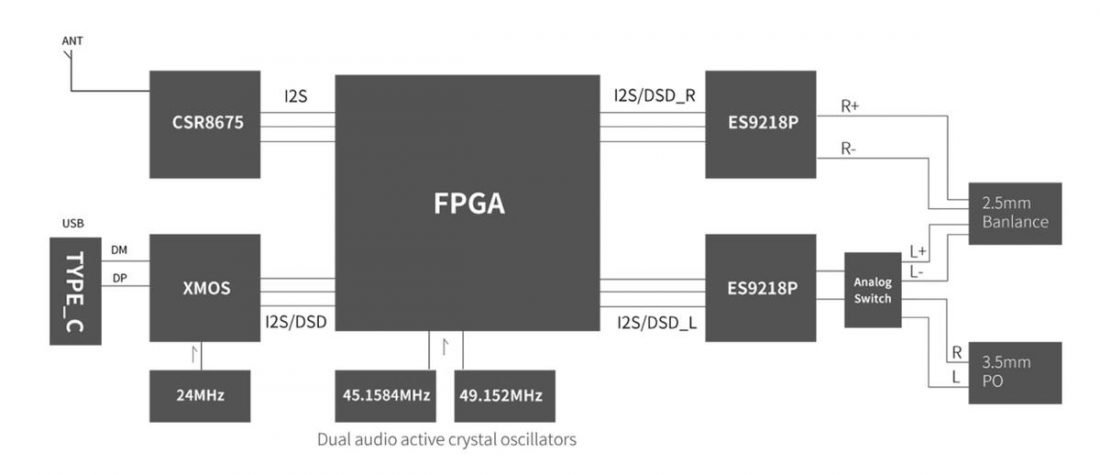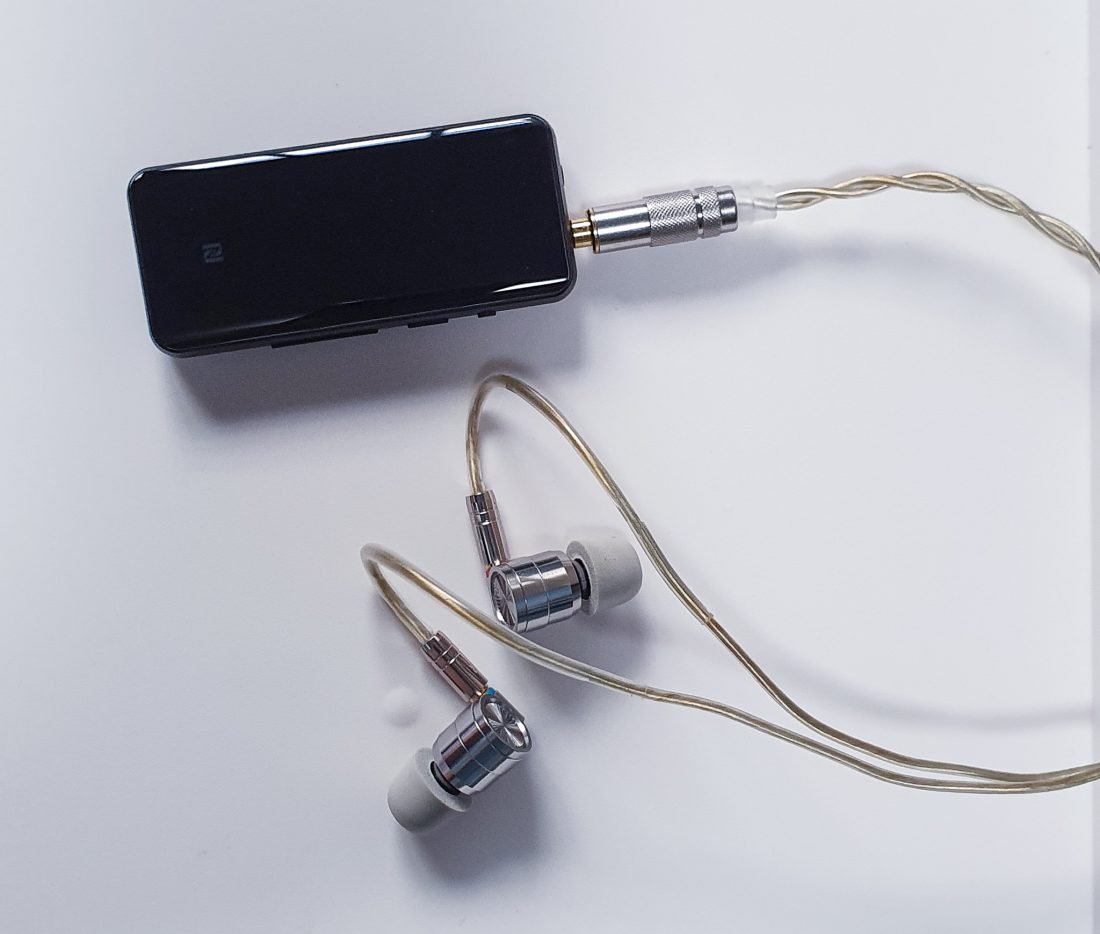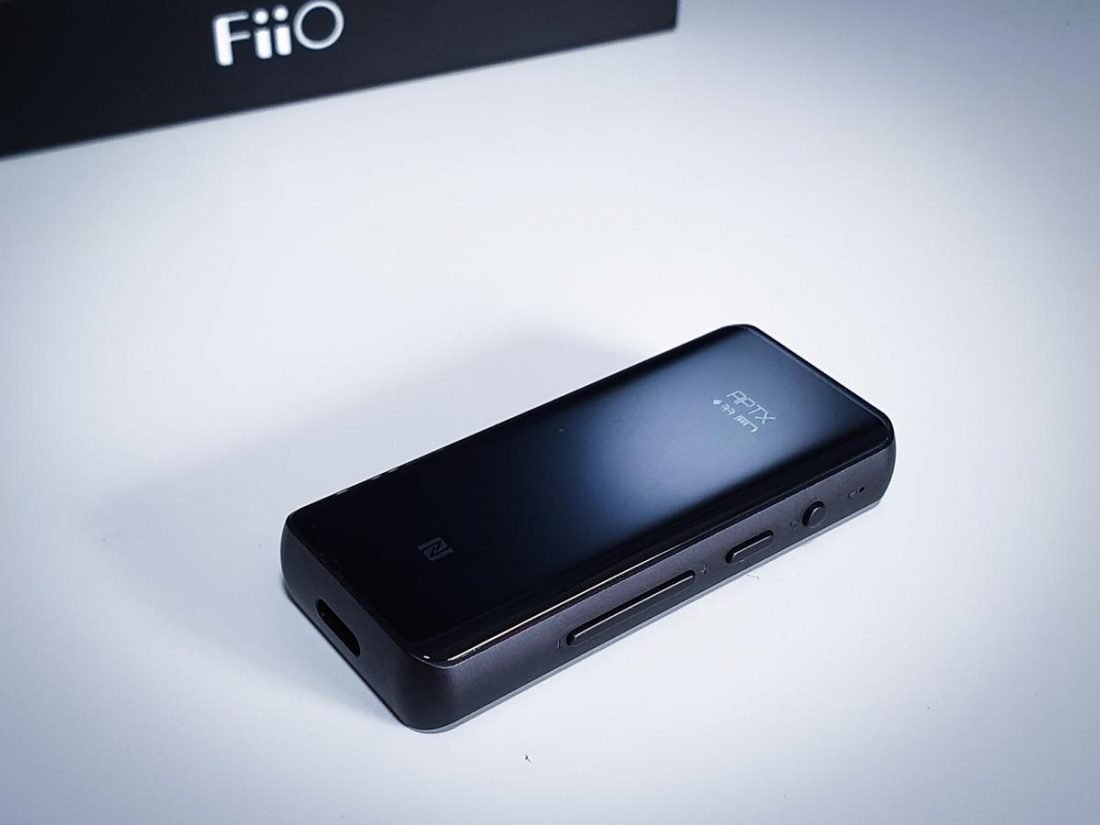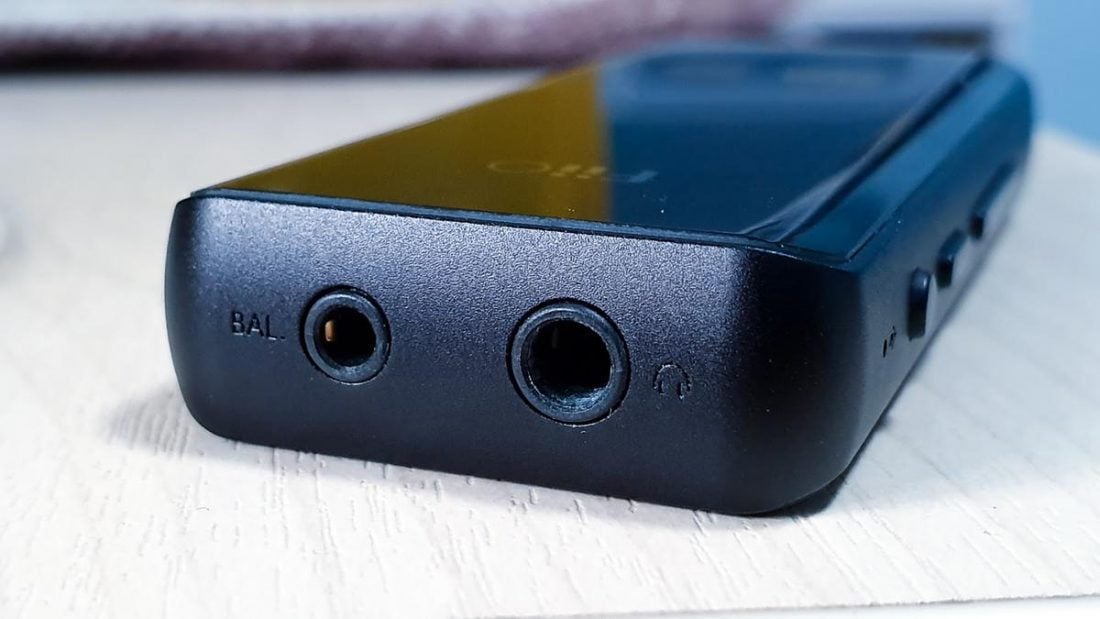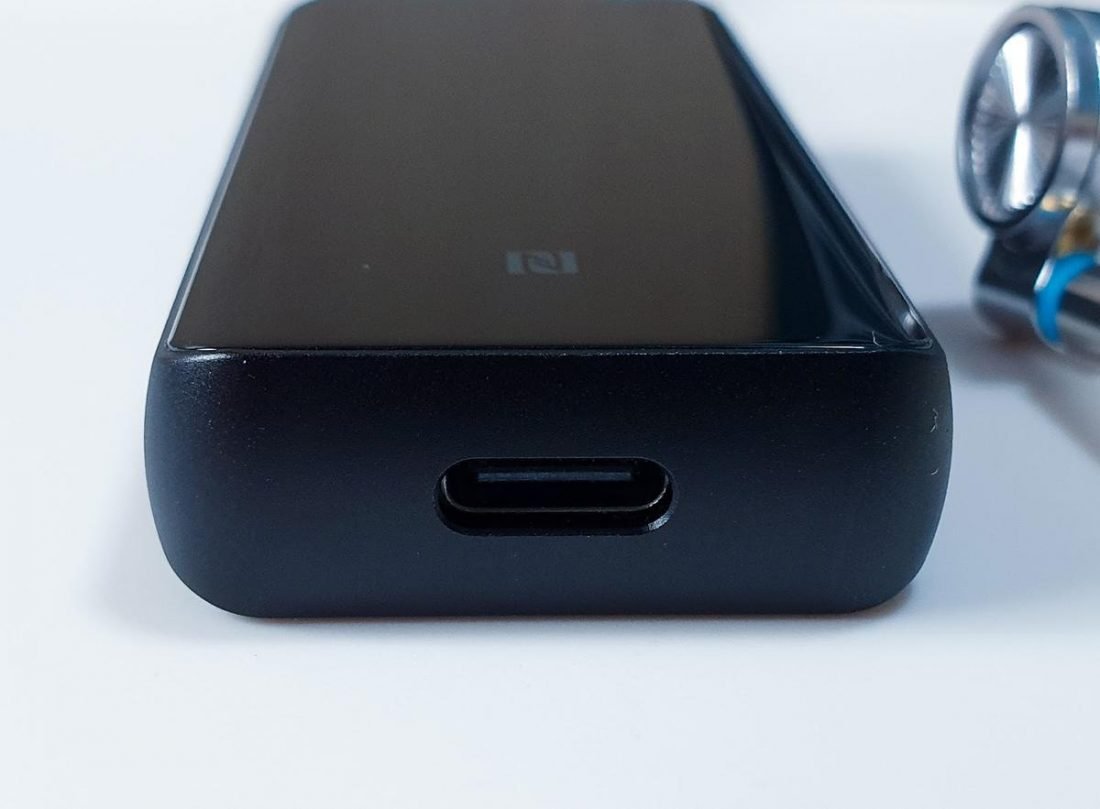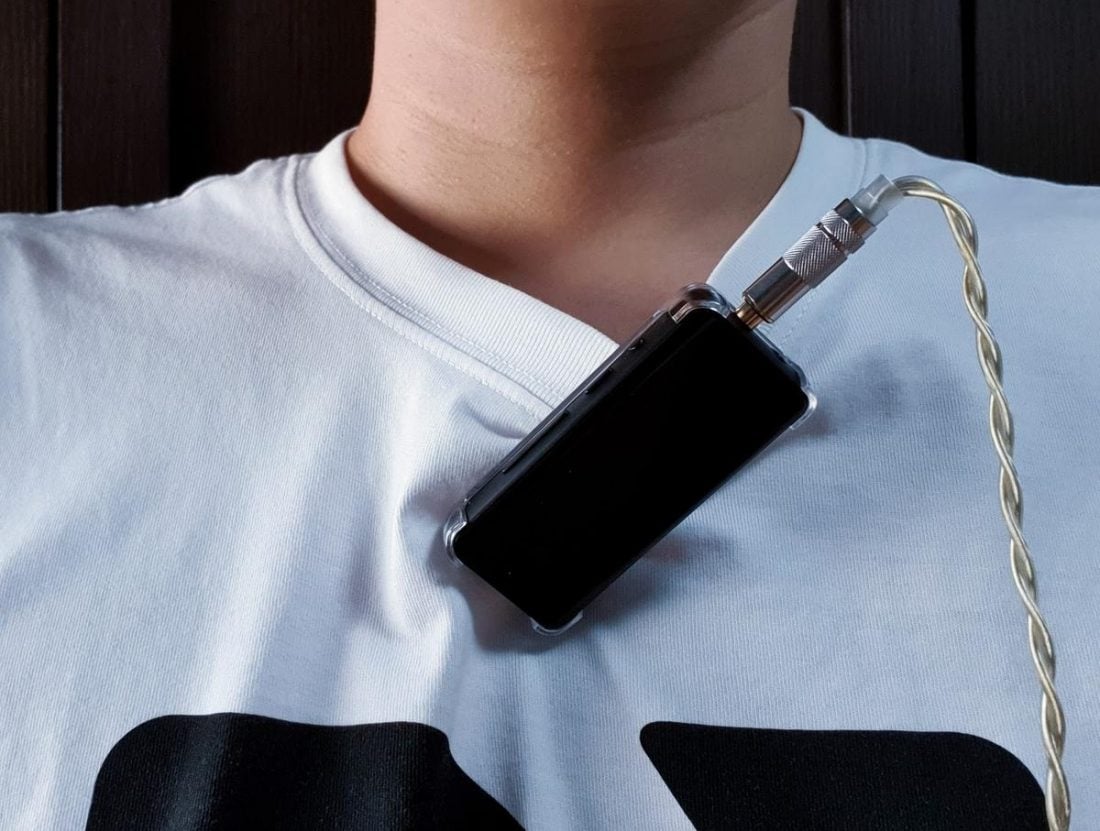81% Like The Look of FiiO BTR5
The FiiO BTR5 is my first experience with a Bluetooth DAC/AMP and I really looked forward to putting it to test. There were a couple of questions I was curious about:
Is Bluetooth DAC/AMP an oxymoron? Does it have enough power for a fairly high-impedance (300 Ohm) headphones? Figured out why and when will one need a wireless DAC/AMP? How will it affect the listening experience? Is BTR5 a considerable upgrade over the well-received BTR3?
The Controversy of Wireless HiFi
To some hardcore audiophiles, the term “Bluetooth DAC/AMP” is an oxymoron. An external DAC/AMP is meant to circumvent the onboard DAC/AMP in an attempt to improve sound quality. However, when audio is sent via Bluetooth, the audio data has to be compressed to accommodate the narrow bandwidth. Hence, this technically degrades (the extent of degradation depends on the compression algorithm) the sound quality, negating the overall improvements. In my opinion, this matters only in a perfect world where our ears can hear the full range of the frequency spectrum and every single bit of the audio data matter. But I digress.
Unboxing the FiiO BTR5
What I like about the FiiO BTR5
First off, I really like the look and feel of the FiiO BTR5. It is minimal and modern looking with its curved edges and rounded corners. The oleophobic coating on the glass gives it a silky and smooth texture. The amount of engineering work that went into this portable DAC/AMP is evident. The long and slim form factor of the BTR5 makes it easy to slip it into pockets. You are also getting your money worth with the number of technology squeezed into the BTR5:
one-touch NFC pairing, quality dual DAC setup, comprehensive Bluetooth audio format support, can be used as a USB DAC to connect to your laptop/desktop, OLED display (commonly found on smartphones), fair amount of output power, native DSD support and many more…
What I don’t like about the FiiO BTR5
Position of the audio jack
The audio jacks are situated at the top of the device. So if I held it upright, the cable will drop downwards, putting some amount of pressure on the plug itself. I prefer the audio jacks to be at the bottom of the device. This seems more natural to me.
FiiO Music app
The FiiO Music app is like a storage place for a mad scientist. There are plenty of powerful features in it but you are gonna need to dig deep while understanding the confusing terminology. For example, to find my connected device, I have to scroll past 18 items on the list to find this tab “Bluetooth device control”.
Hard to detach plastic clip
It is easy to put the plastic clip on the device but a pain-in-the-ass to take them off. I always fear the clip will scatch the body while detaching the clip. Luckily, the surface of the body is quite tough.
Sound Quality
Enough power?
The highest impedance headphones I can test for myself is the Creative Aurvana Live! which has 32 Ohm impedance. It has no problem driving the over-ear closed-back headphones to a suitable volume. There are online users who claim the BTR5 is sufficient to power the Sennheiser HD600. But to be sure, let us do some quick and dirty calculation: The HD600 has a sensitivity of 102 dB SPL/V and impedance of 300 Ω. According to the power calculator, in order to drive the headphones to the loudness level of 110 DBSPL, we need 22 mW of power and 2.57 volts RMS. According to specs, the BTR5 provides 80 mW (Single-Ended) and 240mW (Balanced) at 32 Ω loaded. This is plenty enough power. How about voltage? The spec sheet states that the BTR5 produces 1.6V (Single-Ended) and 2.8V (Balanced) at 32 Ω loaded. It seems like the 3.5mm jack does not have enough voltage, only the 2.5mm balanced output has enough voltage for the HD600.
SNR of different Bluetooth DAC/AMP
BTR5: 121dB EarStudio ES100: 110dB Shanling UP4: 120dB
The Tin HIFI T4 has a sensitivity of 102 dB SPL/V and there was no audible hissing sound. A hissing sound can be heard when manufacturers use low-quality amplifiers that can give good gain but concurrently increases the noise floor. This was not the case here. The BTR5 has a higher Signal-to-Noise Ratio (SNR) than both the ES100 and Shanling UP4.
No significant difference in music perception
IEM used: Tin HIFI T4 Audio Device: Samsung S10 (Volume 75%) Music Player: Spotify Premium (On “Very High” quality) External DAC/AMP: FiiO BTR5 (No EQ, Volume 33)
After a few hours of critical listening, I can conclusively say for myself that the sound quality, with and without the BTR5, has no significant difference. It did not sound better, nor worse. The onboard DAC on my smartphone was probably of decent quality anyway. The different filters on the BTR5 does nothing for me too. I can’t hear any changes in the quality of the music.
Favourite Presets
The EQ controls came in handy. My favorite two presets are “Classical” and “R&B”. When I need something with a “grander” and wider presentation, I go for the “Classical”. For a more emphasized bass without being overbloated, I go for the “R&B” setting.
Box and Accessories
The packaging of the BTR5 is utilitarian but doesn’t feel cheap. With a light tug on the handle, you can slide the box out easily, revealing the BTR5 sitting in a carved out foam cushion. The accessories provided are:
A USB-A to USB-C cable. You can use it for charging or when you want to use it as a USB DAC. A plastic clip that can be attached to the DAC/AMP.
Build Quality
The BTR5 uses double-sided 2.5D glass on both the front and the back of the device. This gives the BTR5 a modern and classy look which I really dig. FiiO uses an oleophobic coating on the glass, giving it a smooth texture to touch. And I mean silky smooth. This adds to the overall excellent build quality. Despite that, the glass still attracts some fingerprints. However, it is not as serious as other glossy surfaces that I have encountered before (such as the chrome Saabat E12) and can be easily wiped away. The rest of the frame is made from aluminum alloy. It has a matte texture and also smooth to touch. The BTR5 is light but still has a nice weight (~ 43.7g) to it. It is small enough to be grasped easily in my palm. It slides easily into my jean pocket. It seems to be tough and also has quite a good scratch resistance. I threw it in my bag that is filled with coins and books when I’m on the move but I don’t see any sign of micro-scratches so far. The buttons on the sides have good tactile feedback and don’t feel cheap.
Display
The BTR5 uses a 0.49 inch OLED display with a 64 X 32 resolution. OLED displays are usually found on smartphones. The fonts are nice and crisp but nothing too fancy here.
Circuitry
Dual DAC setup
The BTR5 has a dual DAC architecture like the EarStudio ES100, except it uses the Sabre DAC ES9218P while the ES100 uses the AK4375a DAC. According to the official specs, the dual ES9218P DAC can give an output of 220mW at 32ohms load and 7.6Vpp at 300 ohms.
Bluetooth audio SoC
The BTR5 uses the Qualcomm CSR8675 chip which is one of the latest Bluetooth audio SoC at this point of writing.
FPGA clock management
The BTR5 uses Field-programmable Gate Arrays (FPGA) for clock management. In laymen terms, it helps digital signal to work accurately, preventing issues like jitter and improving signal stability.
NFC Pairing
This is truly one of my favorite features of this Bluetooth DAC/AMP. Anyone who had to pair Bluetooth devices across multiple devices knows the pain of pairing and unpairing the Bluetooth connection. With NFC pairing, this becomes just a one-touch process. Freaking brilliant!
Bluetooth
Bluetooth Version: 5.0
According to the FiiO, the BTR5 supports all Bluetooth formats, even Sony’s LDAC. I don’t have a Sony device to test this but if you are using one and have a BTR5, let me know if it works in the comment section below. My testing source is a Samsung S10 mobile phone and the default audio codec is aptX when the Bluetooth is paired. After 3 weeks of usage, I would say that the connection is stable and reconnecting from cold takes less than 3 seconds. I work in an environment with many devices transmitting signals all over and there is no intermediate disconnection from interfering devices (unlike my Cambridge Melomania 1).
Audio Output
The BTR5 supports 2 types of audio output: From the circuitry diagram above, you can see the 2.5mm audio jack is for balanced connections (if you are into that sort of thing). The 3.5mm audio jack can be used both for headphones and also headsets with external mic which we will go further into detail in the mic section. The 3.5mm jack can output power of 80mW while the 2.5mm output power of 240mW at 32ohm load.
USB DAC
Other than been used as a wireless DAC/AMP, the BTR5 can be used as a USB DAC. With the XMOS XUF208 control chip, the BTR5 can decode audio up to 384kHZ sampling rate and also support native DSD.
Battery
Battery Capacity: 550mAh Battery Life: ~9hrs Charging Time: 1.5hrs
Being the flagship model for FiiO, the BTR5 naturally has a bigger battery capacity than the FiiO BTR3 (300mAh). However, the battery life for continuous playback time is stated to be two hours lesser than the BTR3 (~11hrs). My guess is the ES9218P DAC is more power-hungry than the AK4376A DAC used in BTR3.
Mic
You don’t often find microphones on audiophile headphones and even if you do, the mics are not that great. That’s understandable since music-listening takes priority over other functions, hence, the reasonable budget allocation. With the FiiO BTR 5, you are adding a decent mic to your audio setup. It contains two mics with cVc 8.0 noise cancellation to suppress the background noise and improve voice clarity. But if you have a CTIA headset, you can connect it to the BTR5 and the current mic will switch seamlessly to the one on the headset.
The result of the Mic test
From the mic test, you can hear that the voice pickup is pretty decent but the background suppression is meh in my books.
Software
App Support: FiiO Music
Other than using the onboard controls, you can do the same adjustments on the FiiO Music app too. I personally don’t really like the app. It is bloated with features and the usage is non-intuitive. However, it gives you more pro features like adjusting the charging nature, idle time for power-off, toggle distortion compensation and etc.
Technical Specifications
DAC Chipset: 2 X ES9218PC Bluetooth Chipset: Qualcomm CSR8675 Outputs: 1 X 3.5mm Single-ended, 1 X 2.5mm balanced output Output Power: 80mW @ 32Ohm (Single-Ended) and 240mW @ 32Ohm (Balanced output) NFC Pairing: Supported Bluetooth Version: 5.0 Supported codecs: SBC, AAC, aptX, aptX LL, aptX HD, LDAC
Conclusion
I personally really like the FiiO BTR5 and the pricing is very reasonable for a feature-packed product of such outstanding build quality. The output power should be sufficient for most of my use-cases and the USB DAC will come in handy when I’m on my crappy windows laptop.
Not quite the truly wireless experience
As a frequent user of true wireless earbuds (TWS), I will say that having a Bluetooth DAC/AMP with your wired IEM just doesn’t have the same “free-ing” experience as using a TWS. The cable still kind of hangs around your body and you are aware of it. I prefer to keep the BTR5 above chest level rather than in my jeans pocket. This reduces the chance of the hanging cable getting caught by other surrounding items.
Should you buy the FiiO BTR5?
Even for a first-time user like me, I find the FiiO BTR5 to be easy-to-use. However, there are times, I find it slightly over-powered for my use case. There are features in it that I’m out of touch with like the “filters”. They make no difference to the music and hence, don’t value add to the entire experience. But if you are someone who likes to tinker with settings, you will not feel out-of-place. If you are looking for something cheaper, you can look elsewhere like the Shanling UP4 or the good ol’ EarStudio ES100. They should be more than sufficient for a beginner.
Should you upgrade from FiiO BTR3?
For those who already own a FiiO BTR3, your question will be this. In my opinion, it will be a yes if you need that power boost and balanced output. You can check out the specs comparison here.
What our readers say about the BTR5
